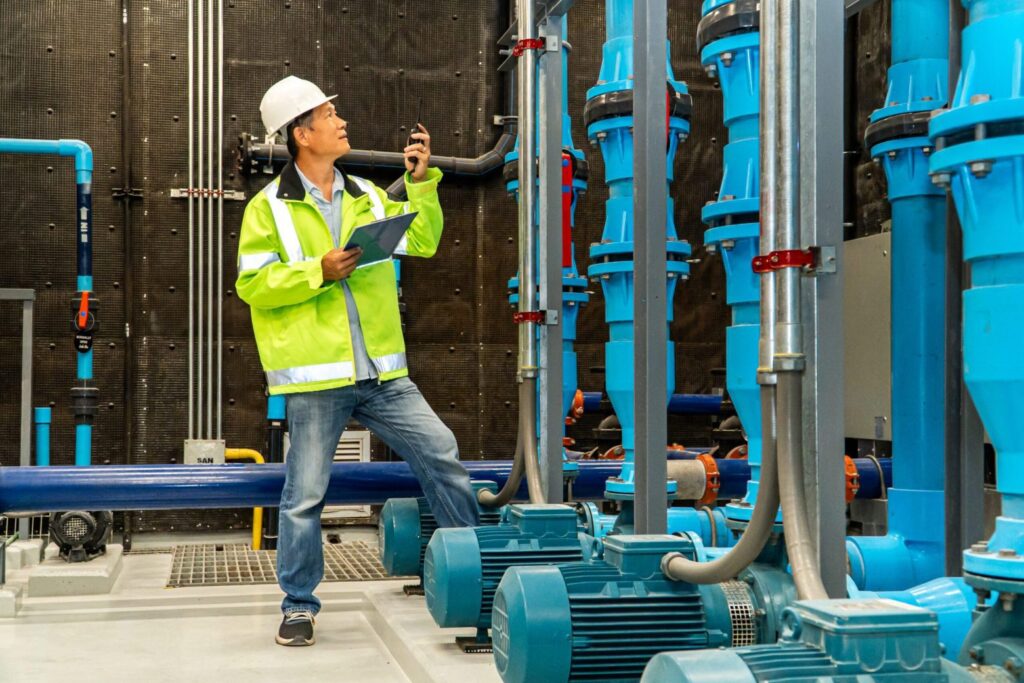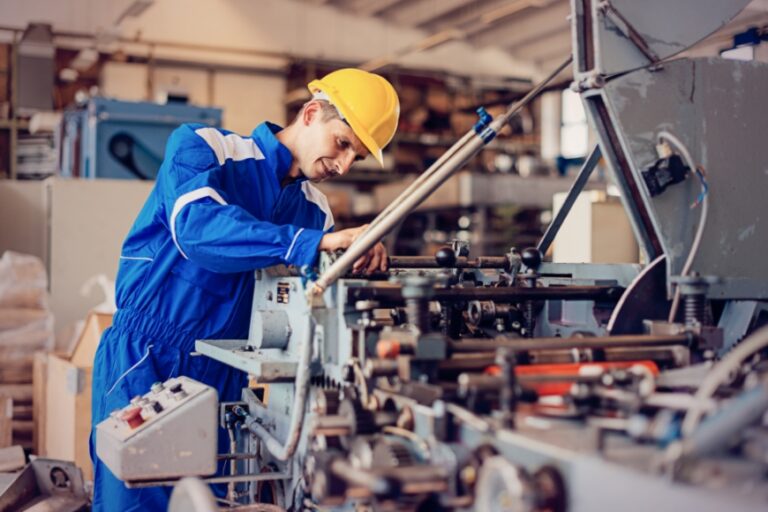In the ever-evolving landscape of construction and infrastructure development, Mechanical, Electrical, and Plumbing (MEP) services play a critical role in ensuring the functionality, safety, and sustainability of buildings. The United Arab Emirates (UAE) is at the forefront of architectural innovation, with numerous high-profile projects transforming its skyline. This article provides an in-depth overview of MEP services in the UAE, exploring their importance, components, challenges, and trends shaping the industry.
What are MEP Services?
MEP services encompass a wide range of systems crucial for the operation and maintenance of buildings. These services include:
- Mechanical Systems: This covers heating, ventilation, and air conditioning (HVAC) systems, which ensure indoor comfort and air quality. Mechanical services also include fire protection systems, elevators, escalators, and other equipment that support building operations.
- Electrical Systems: Electrical services involve the design, installation, and maintenance of electrical wiring, lighting, power distribution, emergency systems, and communication systems. This includes safety measures such as grounding and surge protection.
- Plumbing Systems: Plumbing services focus on water supply and drainage systems, including piping, fixtures, pumps, and sewage systems. These systems are essential for providing potable water and ensuring proper waste disposal.

Importance of MEP Services in the UAE
1. Ensuring Safety and Compliance
In a region known for its rapid development, adherence to safety regulations and building codes is paramount. MEP services ensure that all systems are designed and installed in compliance with local and international standards. This includes fire safety measures, electrical safety, and water conservation practices. The UAE’s government bodies, such as the Dubai Municipality and Abu Dhabi Department of Urban Planning and Municipalities, enforce stringent regulations to ensure public safety.
2. Enhancing Energy Efficiency
With the UAE’s commitment to sustainability and reducing carbon footprints, MEP services have evolved to incorporate energy-efficient technologies. Building designers and contractors are increasingly focused on integrating renewable energy sources, such as solar panels, and energy-efficient HVAC systems. MEP services help optimize energy consumption, which can lead to significant cost savings and a reduction in environmental impact.
3. Supporting Comfort and Functionality
MEP systems directly affect the comfort and functionality of buildings. Proper HVAC systems maintain optimal indoor temperatures, while effective plumbing systems ensure adequate water supply and drainage. Additionally, well-designed electrical systems enhance the overall user experience by providing reliable power and lighting. In commercial spaces, these systems contribute to employee productivity and customer satisfaction.
4. Facilitating Smart Building Technology
The UAE is embracing smart building technology, which requires sophisticated MEP systems. Smart buildings utilize IoT (Internet of Things) devices to monitor and manage building operations, enhancing efficiency and comfort. MEP services are essential for integrating these technologies, from smart lighting systems to automated HVAC controls.
Key Components of MEP Services
1. Design and Planning
The first step in MEP services is the design and planning phase. MEP engineers work closely with architects and clients to develop comprehensive plans that consider building requirements, local regulations, and sustainability goals. Advanced software tools like Building Information Modeling (BIM) are often employed to create detailed models that facilitate collaboration and ensure accuracy.
2. Installation
Once the design is finalized, the installation of MEP systems begins. This phase involves coordinating various contractors and trades to ensure that mechanical, electrical, and plumbing systems are installed efficiently. Effective project management is crucial during this stage to minimize disruptions and adhere to timelines.
3. Testing and Commissioning
After installation, MEP systems undergo rigorous testing to ensure they operate as intended. This includes performance testing of HVAC systems, electrical load testing, and plumbing inspections. Commissioning verifies that all systems are functioning correctly and efficiently, allowing for adjustments as needed.
4. Maintenance and Support
Ongoing maintenance is critical to the longevity and efficiency of MEP systems. Regular inspections and preventive maintenance can help identify potential issues before they become costly repairs. Many MEP service providers offer maintenance contracts to ensure that systems remain in optimal condition throughout their lifespan.
Challenges Facing MEP Services in the UAE
1. Skilled Labor Shortages
As the demand for MEP services grows, there is an increasing need for skilled labor. The UAE’s construction sector has faced challenges in finding qualified MEP engineers, technicians, and installers. Investing in training and development programs is essential to address this shortage.
2. Integration of Technologies
With the rise of smart building technologies, integrating advanced systems into existing MEP frameworks can be complex. MEP service providers must stay updated on emerging technologies and trends to deliver innovative solutions to their clients.
3. Regulatory Compliance
Navigating the regulatory landscape in the UAE can be challenging, particularly for foreign contractors. Understanding local building codes and regulations is essential for ensuring compliance and avoiding delays.
Trends Shaping MEP Services in the UAE
1. Sustainability and Green Building Practices
The UAE government is promoting sustainable development, and MEP services are adapting to this trend. Green building certifications, such as LEED (Leadership in Energy and Environmental Design), require MEP systems to meet specific energy efficiency and sustainability criteria. MEP service providers are increasingly incorporating renewable energy solutions, energy-efficient technologies, and sustainable materials into their designs.
2. Digital Transformation
Digital tools and technologies are revolutionizing the MEP services sector. Building Information Modeling (BIM) and Computer-Aided Design (CAD) software enable more efficient design processes, while IoT devices allow for real-time monitoring and management of building systems. This digital transformation enhances collaboration among stakeholders and improves project outcomes.
3. Focus on Resilience
As climate change poses new challenges, the UAE’s construction industry is focusing on resilience. MEP services are evolving to include systems that can withstand extreme weather conditions, ensuring the safety and functionality of buildings. This includes resilient HVAC systems, flood-resistant plumbing designs, and robust electrical infrastructure.
MEP services are a cornerstone of modern building design and construction in the UAE. As the nation continues to grow and innovate, the importance of effective mechanical, electrical, and plumbing systems will only increase. By ensuring safety, enhancing energy efficiency, and supporting comfort and functionality, MEP services play a vital role in the success of any construction project.
With ongoing trends towards sustainability, digital transformation, and resilience, MEP service providers must remain agile and adaptive to meet the evolving needs of the market. As the UAE continues to embrace architectural excellence and smart building technologies, the future of MEP services looks promising, paving the way for a more efficient and sustainable built environment.
Email: info@Sasts.ae
Call Us: +971 54 481 2988

